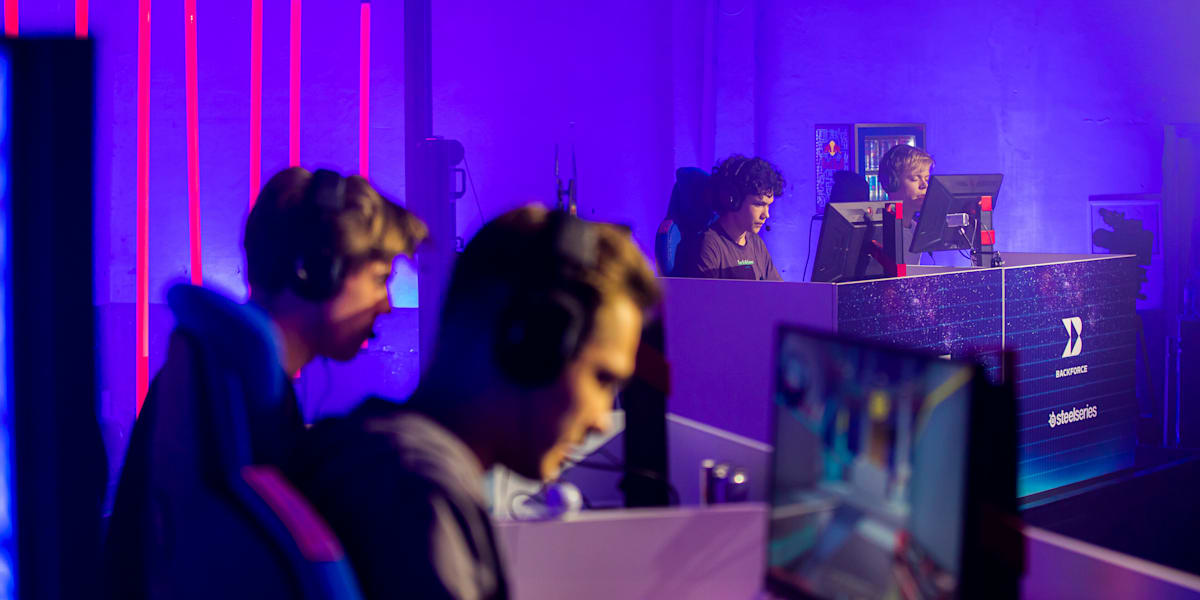Capturing Moments
Your go-to blog for photography tips and inspiration.
Cs2 Movement Mechanics: How to Glide Like a Pro and Leave Enemies in the Dust
Master CS2 movement mechanics and learn to glide like a pro! Leave your enemies in the dust with expert tips and tricks.
Mastering CS2 Movement: Tips and Tricks for Effortless Gliding
Mastering movement in CS2 can significantly enhance your gameplay and make you a formidable opponent. To start, focus on the fundamentals of strafing and counter-strafing. Use the A and D keys to strafe left and right while moving your mouse to control your aim. A good way to practice is to set up an offline game with bots and repeatedly practice your gliding technique to develop muscle memory. Regular practice will help you achieve a fluid motion, allowing you to dodge enemy fire more effectively.
Additionally, it’s essential to incorporate jumping and crouching into your movement to throw off your opponents. By combining jumps with your strafe movements, you can increase your unpredictability. Remember, timing is crucial; practice the rhythm of your jumps and the moments you strafe. Here’s a quick checklist to follow:
- Practice strafing in a safe environment.
- Incorporate jumps to enhance vertical movement.
- Utilize crouching to reduce your profile.
- Experiment with various movement techniques in different scenarios.
By following these tips, you'll master the art of effortless gliding in CS2, making you a more agile and elusive player.

Counter-Strike has been a popular first-person shooter since its inception, evolving through various versions to become a staple in the esports community. Players battle against each other in teams, taking on roles such as terrorists and counter-terrorists in strategy-based gameplay. For those looking to enhance their gaming experience, checking the Top-Gewinner von CS2 Skins can provide insights into the best in-game items and their values.
The Science Behind CS2 Movement: Understanding Friction and Momentum
The movement mechanics in CS2 are deeply rooted in the principles of physics, particularly in the concepts of friction and momentum. In gaming, friction plays a crucial role in how characters navigate their environment. It determines how quickly a player can accelerate, decelerate, and change direction. Different surfaces within the game map can have varying coefficients of friction, affecting player movement. For instance, a slick surface might allow for smoother gliding, while rough terrain could create resistance, requiring players to adapt their strategies to maintain speed and agility.
On the other hand, momentum is the force that propels players forward, and it is heavily influenced by both speed and direction. In CS2, maintaining momentum during movement is essential for achieving swift navigation and executing complex maneuvers. Players who understand how to maximize their momentum can gain a competitive edge, utilizing techniques such as strafing or jumping at optimal angles to maintain their velocity. By grasping the science behind these two elements, gamers can enhance their overall performance and develop a deeper appreciation for the intricacies of CS2 movement.
Common Glide Mistakes: What to Avoid for Superior Movement
When it comes to achieving superior movement in gliding, many practitioners often make some common mistakes that can hinder their progress. One key error is improper posture; failing to maintain a straight back and engaged core can lead to inefficient energy transfer and increased strain on the body. Additionally, neglecting proper warm-ups can result in stiffness and diminished performance. Always ensure you incorporate dynamic stretches and specific exercises to prepare your muscles for gliding activities.
Another frequent mistake is overexertion without allowing adequate recovery time. Pushing your limits too soon can lead to fatigue and potential injury, ultimately disrupting your glide performance. Instead, focus on gradually increasing your intensity and frequency, listening to your body’s signals for rest. Keeping a training journal can also help track your progress and highlight areas for improvement, promoting a more mindful approach to achieving superior movement.